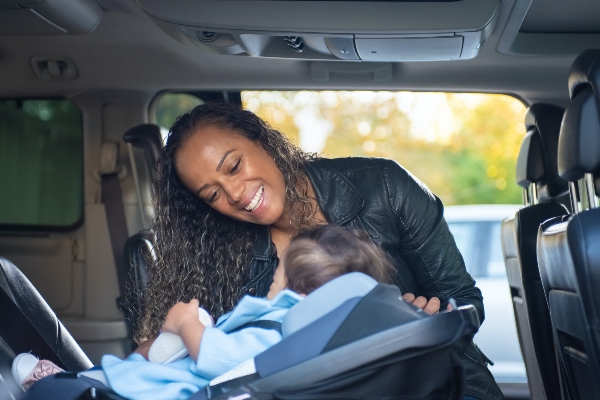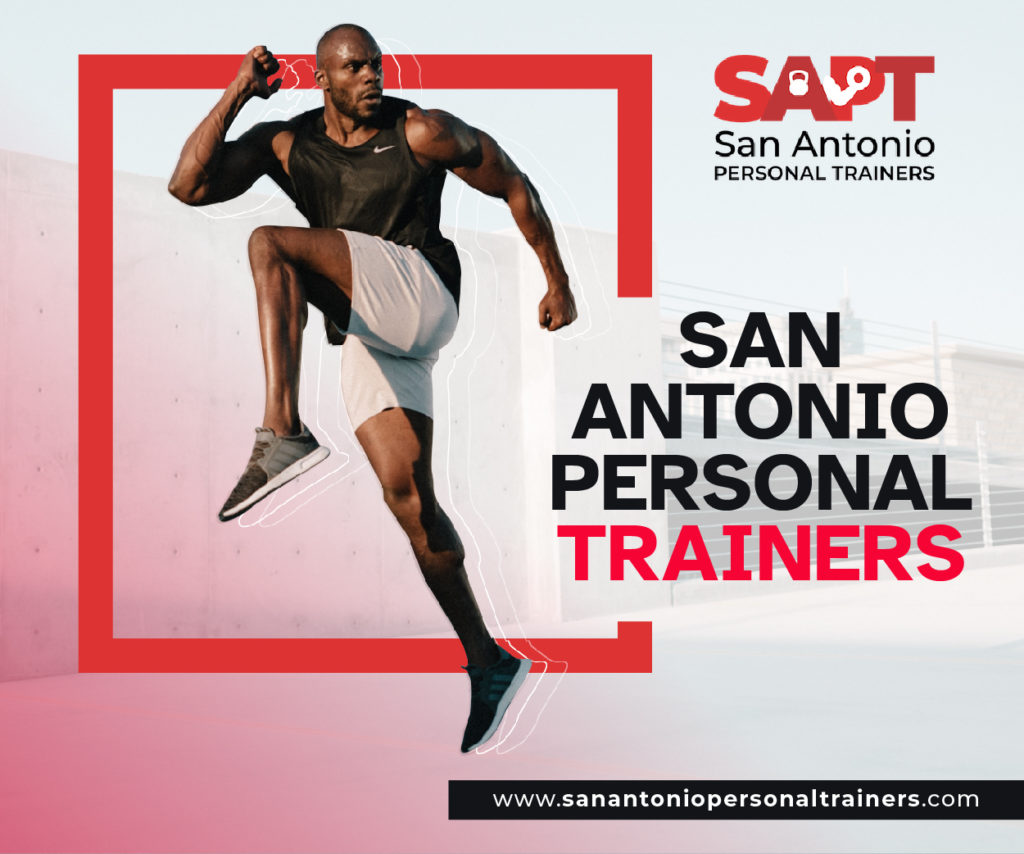Buckle up and use car seats to keep your family safe
By Michelle Thomas
In 2004, 1,638 children ages 14 years and younger died in the United States as occupants in motor vehicle crashes. Half of those children were unrestrained — no seat belt, and no car seat. Exponentially more unrestrained children are injured each year in car crashes. What makes these injuries and deaths so tragic is that they were preventable. Preventable injuries are the leading cause of childhood death and trauma, and motor vehicle crashes are the top the list of those preventable injuries and death.
Protecting a child from injury or death while riding in a vehicle should start from the first trip that child ever takes in the car. National Safe Kids and the National Highway Traffic Safety Administration (NHTSA) support a four step process of properly restraining your child from birth to adulthood when in an automobile.
Step 1: Infants should ride rear-facing until they reach at least one year of age and until they reach a weight of over 20 pounds. You can keep them rear-facing longer if you have a car seat that has higher weight limits.
Step 2: Toddlers weighing more than 20 pounds should ride in a forward-facing, upright safety seat with a five-point safety harness. Toddlers should remain in this type of seat until they exceed the height or weight limits of the seat, usually at about 40 pounds or four years old. The height and weight limits can be found on the labels on the seat. When a child outgrows the five-point harness system, he or she is ready to use a booster seat.
Step 3: This is a very important step, and one that many parents skip. A booster seat is used to raise a child up higher so the vehicle’s safety belt fits the child properly. After all, the safety belt is made to fit an adult, not a child.
Booster seats should always be used with a shoulder and lap combination safety belt, not a lap belt only. The shoulder strap should go over the child’s collarbone and across the middle of the chest to restrain the child properly in the event of a crash or rollover. never allow the child to put the shoulder strap behind his back or under his arm. This could cause severe internal injuries in a crash. The lap portion of the safety belt should be worn low on the hips or on the lap, not in front of the soft, vulnerable stomach area.
Step 4: The last step is using a safety belt only while riding in a vehicle. A child can move to this step when the safety belt fits him or her as described above. If the child tries to place the belt behind his or her back or under the arm, this means that the child should still be in a booster seat. Safety advocates recommend that a child stay in a child safety seat or booster seat until his or her knees reach the edge of the seat when he is sitting up straight and he is tall enough so that the seat belt fits him comfortably and correctly. Children usually reach this stage at about 80 pounds, 8 years of age, or 57 inches tall. A child may be able to use a safety belt properly in some cars and not in others because of the differences of vehicle seats and seat belt systems.
Children should always ride in the back seat if possible. If this is not an option, the child should slide the front seat back as far as possible, especially if the car is equipped with a passenger side air bag. Never place a rear-facing child seat in front of an air bag. The force of the impact could kill an infant.
Texas law mandates all children age four and under and less than 36 inches in height must be properly restrained in an appropriate child safety seat, and all children under 17 be buckled in, both in the front and back seats.
Safety belts for Mom & Dad
The issue of child passenger safety is a growing concern, but using a safety belt is not limited to children. The safety belt is there to protect any person in the event of a crash. Parents, if you die, who will be there to take care of your children? Parents are always setting an example for their children. Studies have shown that if the parents buckle themselves in, they are much more likely to buckle their children in as well. According to NHTSA, almost 40 percent of children riding with unbelted drivers were themselves unrestrained. Children are more likely to continue to wear seat belts as they get older if they see their parents doing it.
What about that friend who rides with you everywhere, but refuses to wear a seat belt because it is uncomfortable, it wrinkles her clothes or says it just isn’t cool? If you are involved in a crash (most crashes are not accidents; they are preventable), anyone not restrained will be thrown around the interior of your car and may potentially hurt you or your child. Tell your passenger to buckle up for your child’s safety, if not for his own. By the way, if you are in the front seat, it is the LAW to wear your seat belt, even if you are in the passenger seat.
Seat belts and car seats save lives!
There are so many dont’s in child passenger safety; who can remember them all? The answer is to remember the dos. Do buckle your child and yourself in every time you ride in the car. Do require everyone who rides in your car to buckle up. If you have a question about a car seat, your seat belts or any child passenger safety-related question, Do visit www.safekids.org or www.nhtsa.gov. And Do remember that Child Passenger Safety Week is the week of Valentine’s Day, so celebrate safety for life! Remember, an ounce of prevention is worth a pound of cure, and a $90 car seat is worth a child’s life.
Michelle Thomas is the worksite wellness liaison for Steps to a Healthier San Antonio, a program of the San Antonio Metro Health District. The program is funded by the U.S. Department of Health and Human Services as part of Steps to a Healthier US, a national program focusing on the prevention of diabetes, obesity and asthma and addressing related risk factors – poor nutrition, physical inactivity and tobacco use and exposure.






